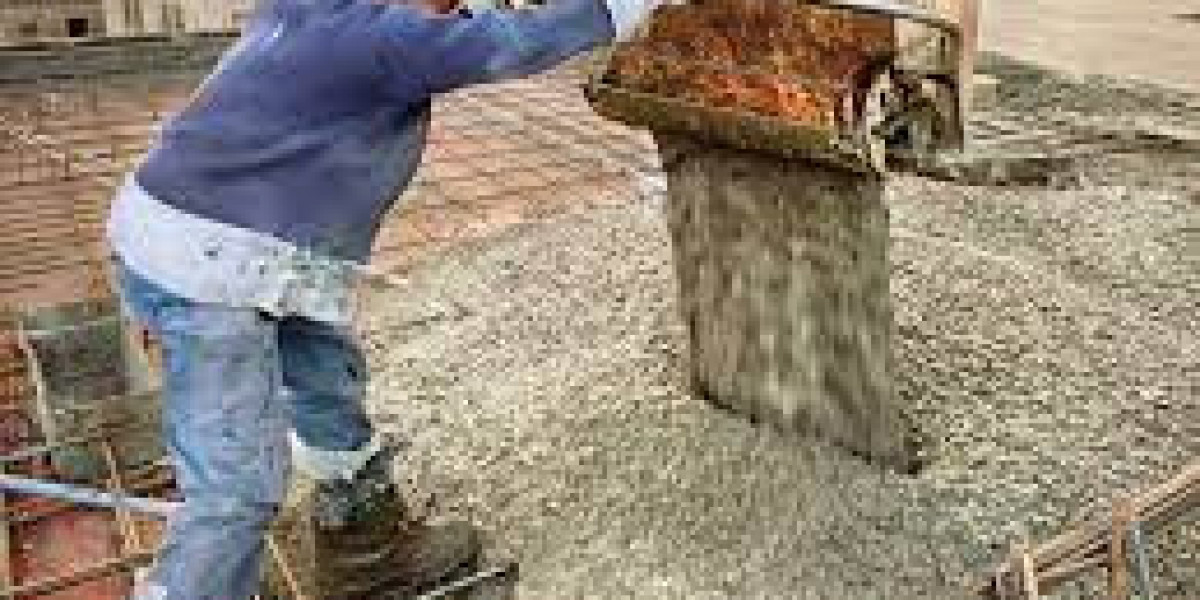In the world of construction, materials play a critical role in determining the quality, longevity, and sustainability of structures. The introduction of New Era Construction Concrete has sparked a transformative shift in the building industry, offering a host of advantages that surpass those of traditional concrete. This innovative material is poised to redefine the way we construct buildings and infrastructure. Let's delve deeper into the features and benefits that make New Era Construction Concrete a game-changer.
1. Composition and Ingredients: A Blend of Innovation
New Era Construction Concrete is not a single material, but rather a composite that combines traditional concrete ingredients with advanced additives. These additives may include supplementary cementitious materials (SCMs), chemical admixtures, fibers, and nanoparticles. This blend is carefully engineered to enhance the material's performance in various aspects, from strength and durability to sustainability and aesthetic appeal.
2. Enhanced Strength and Durability: Withstanding the Test of Time
One of the standout features of New Era Construction Concrete is its remarkable strength and durability. The inclusion of advanced additives improves the material's compressive strength, flexural strength, and resistance to cracking. This translates to structures that can withstand heavy loads, harsh weather conditions, and the challenges posed by time. Buildings and infrastructure constructed with New Era Construction roofing Concrete are designed to stand the test of time, reducing the need for frequent repairs and replacements.
3. Sustainable Building: Reducing Environmental Impact
Sustainability is a cornerstone of modern construction practices, and New Era Construction Concrete aligns perfectly with this objective. By incorporating recycled materials and reducing the carbon footprint associated with production, this material minimizes its impact on the environment. Additionally, the extended lifespan of structures built with this concrete reduces the need for resource-intensive renovations and reconstruction, further contributing to sustainability.








